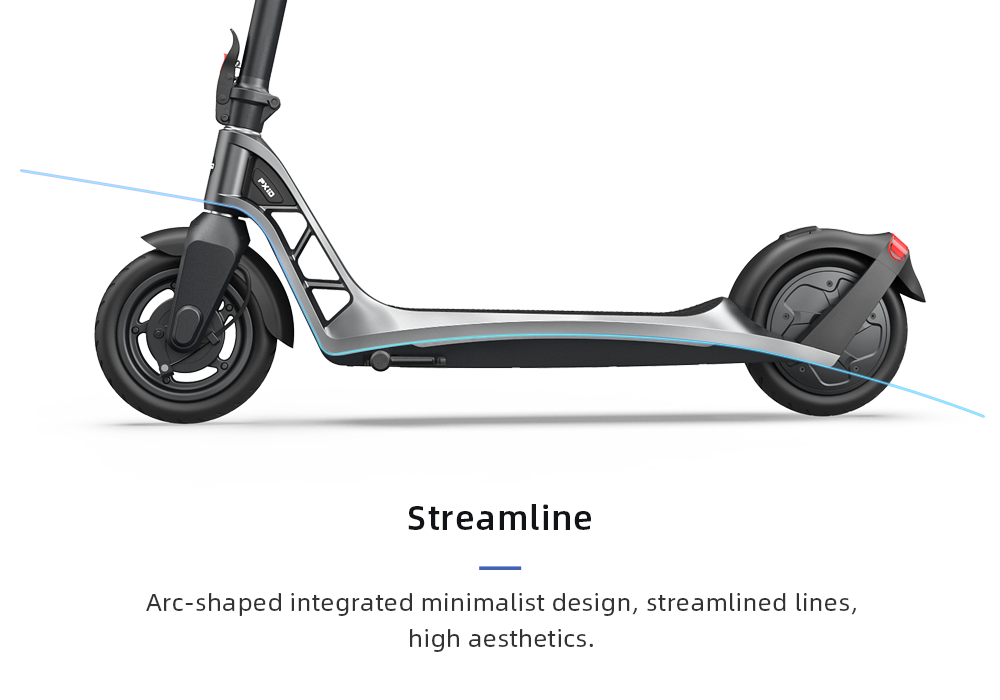Shared electric scooters and bicycles are part of public transportation, involving the construction of parking spaces, charging piles and other infrastructure, and they need to comply with the traffic regulations set by the local government. In addition, we must also shoulder social responsibilities such as environmental protection, emission reduction, and job creation. Therefore, from the beginning of its establishment, it has worked closely with the government, paying attention to the specific local regulations and the particularities of each city, and even formulating industry standards. This has created favorable conditions for the successful bidding in various cities.
In addition, it pays attention to polishing product quality and improving after-sales service level, which has established a good reputation among users.
Talking about the future risks and challenges of shared electric scooters and motorcycles, including the construction of infrastructure in charging stations, are constraints on the development of the industry.

Shared electric vehicles are generally divided into “stakes” and “no stakes”. There are two types of shared electric vehicles: fixed-point and mobile. When charging fixed-point electric vehicles with piles, an independent contractor or a dedicated charging team generally uses trucks to pull the electric vehicles to a fixed charging point in the city for charging; mobile piled electric vehicles are charged by charging vehicles, which move in the city as electric vehicles Charge. The pileless electric vehicle requires the staff to replace the battery, and then pull the battery to a fixed charging point for charging. Whether you bring a car or only a battery, the cost of driving to and from a fixed charging point accounts for almost half of the cost of a mobile operator, and carbon dioxide emissions also account for more than half of the total operation.
As for the battery itself, battery production accounts for about one-third of the total production emissions of shared cars. Batteries are sensitive to temperature and impact, and their lifespan is shorter than that of the frame. Moreover, shared bicycles are exposed to the outdoors for a long time, and users often do not care about maintenance during use. Therefore, high-quality green batteries are also a key research direction in the industry. In addition, the current battery models used by different brands of electric vehicles are very different, and electric vehicle companies often need to take into account many aspects of the supply chain, such as designing and manufacturing batteries. If this link in the supply chain can be integrated, the battery models can be unified, and the exchange stations compatible with different brands will be established, which will greatly improve efficiency.
